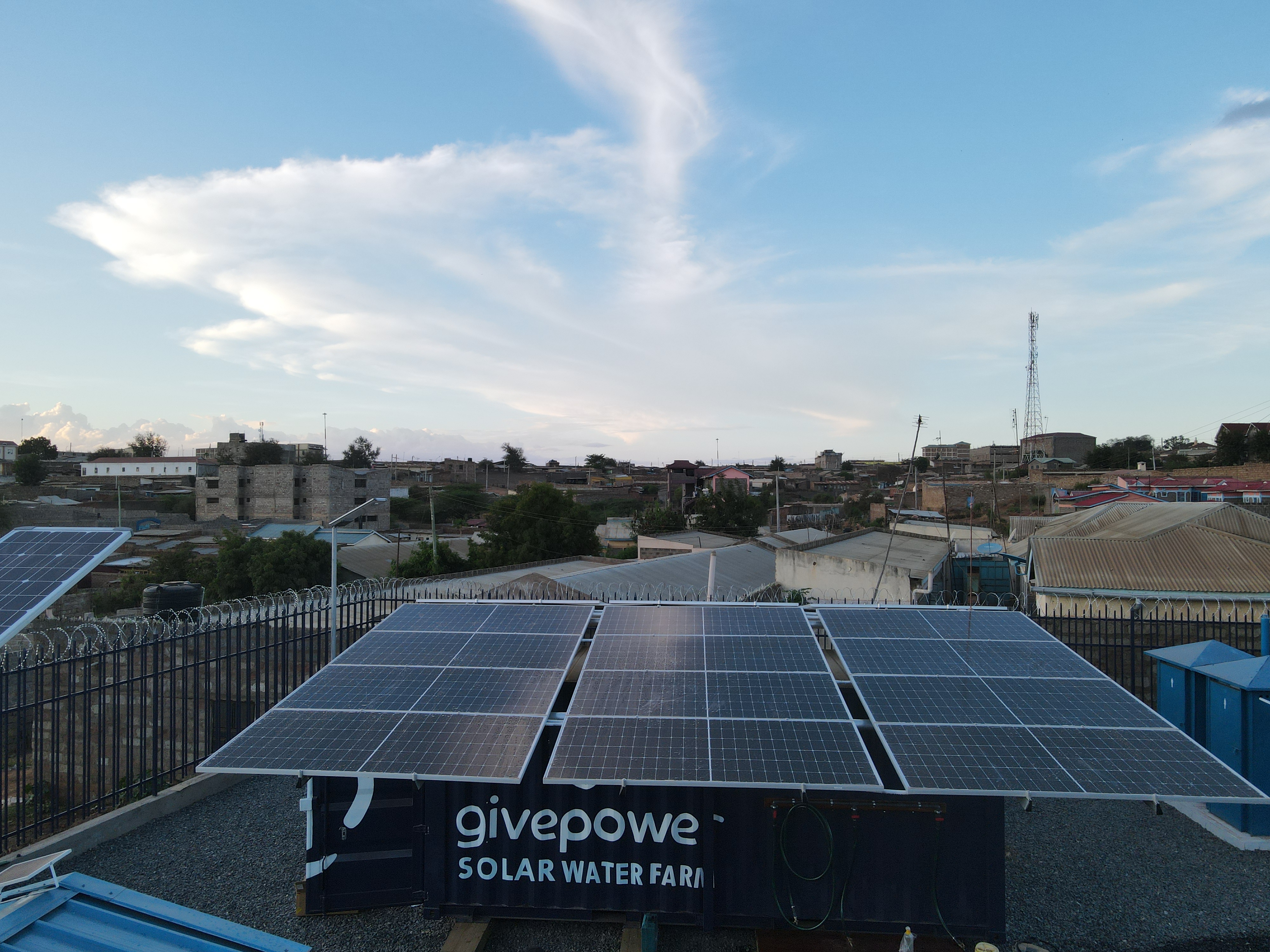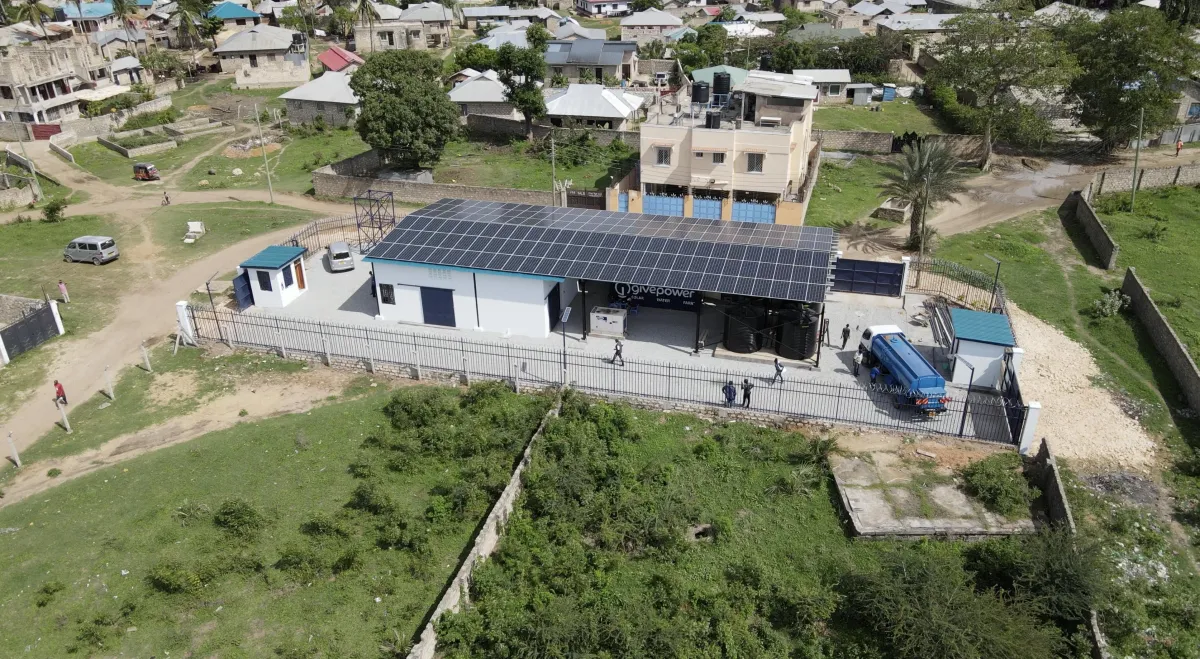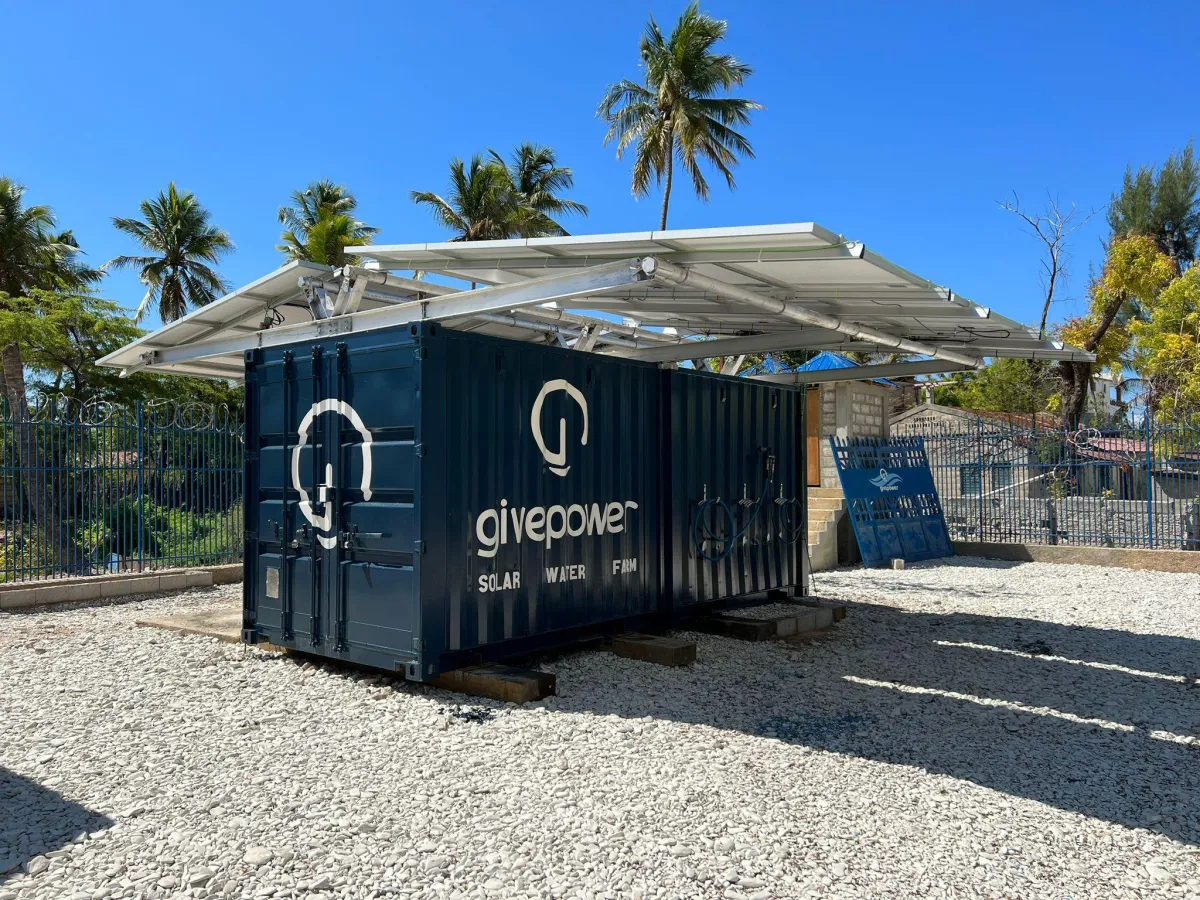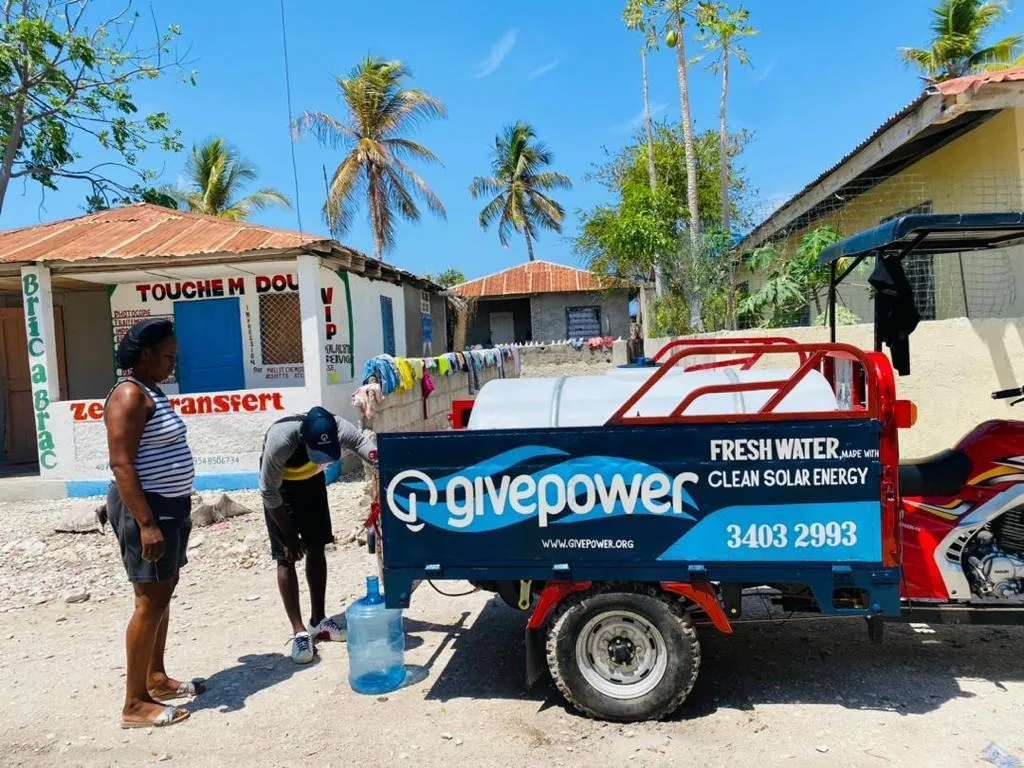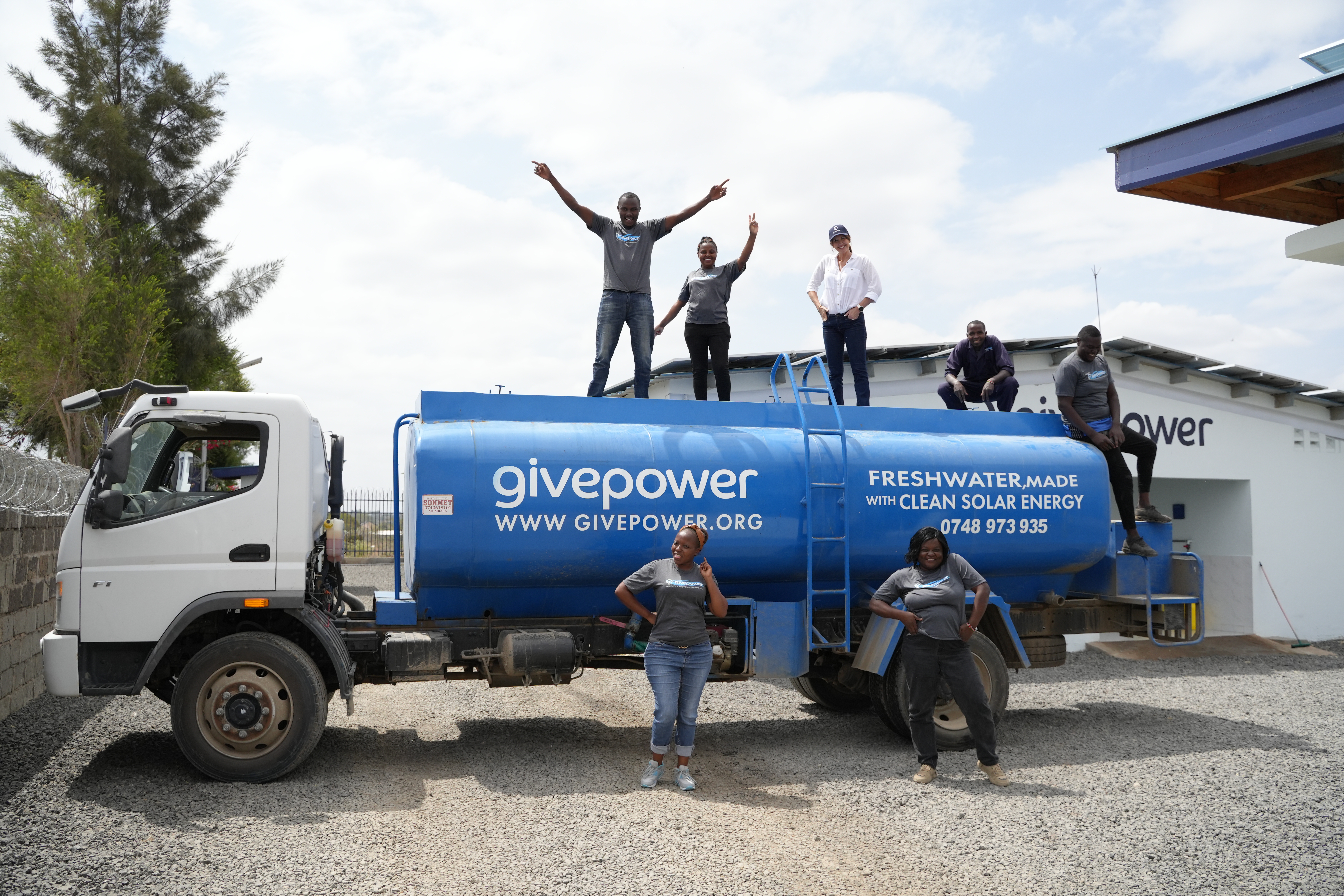Text or Call Us Today:
GivePower
Our Partnership To Energizing Change
Every Installation Makes a Difference
Donate $40 for Change: With every solar installation, we donate $40 to our GivePower Impact Projects.
Mission To Build Smart Villages: Provide solar, clean water, and internet to remote communities through our global impact projects.
Global Volunteer Projects: Upon reaching $100,000, 10 Soligo volunteers will install solar infrastructure in remote villages.
Double Our Impact: We challenge all to match our donation. Even a $20 can provide one person with solar, water, and internet.
Past GivePower Impact Projects
Discover How Solar Energy is Transforming Lives

DIY Home Energy Project to Insulate Hot Water Pipes: A 2024 Guide to Energy Savings and Comfort
Tune into the Soligo Podcast to learn even more home energy tips and tricks.
Did you know that insulating your hot water pipes can raise water temperature by 2-4°F and save you up to 4% on energy costs annually? That's right! As we dive into 2024, more homeowners are realizing the incredible benefits of this simple yet effective home improvement project.
Not only does it conserve energy, but it also means less time waiting for hot water to reach your faucet. Let's explore how you can transform your home's efficiency with this easy DIY task!
Why Insulating Hot Water Pipes Matters
Insulating your hot water pipes is more than just a trendy home improvement project; it's a smart investment in your home's efficiency and comfort. Here's why it matters:

• Energy savings and lower utility bills: By reducing heat loss, you'll use less energy to keep your water hot, leading to noticeable savings on your monthly bills.
• Faster access to hot water: Insulated pipes retain heat better, meaning you'll spend less time waiting for hot water at your taps.
• Increased comfort and convenience: Say goodbye to that initial burst of cold water when you turn on the shower!
• Environmental benefits: Reduced energy consumption means a smaller carbon footprint for your household.
• Protection against freezing: In colder climates, insulation can prevent pipes from freezing and potentially bursting.
Tools and Materials You'll Need
Before you start, gather these essentials:

Tools:
• Tape measure
• Scissors or utility knife
• Marker or pen
Materials:
• Pipe insulation (foam sleeves or fiberglass wrap)
• Insulation tape
• Cable ties
Safety Equipment:
• Gloves • Safety goggles • Dust mask (if using fiberglass insulation)
Step-by-Step Guide to Insulating Hot Water Pipes
1. Measure your pipes: Use a tape measure to determine the length and diameter of the pipes you'll be insulating.
2. Choose the right insulation: Select foam sleeves for easy installation or fiberglass wrap for higher R-values.
3. Cut and fit insulation: - For foam sleeves: Cut to length and split lengthwise to fit around the pipe.
- For fiberglass wrap: Wrap around the pipe, overlapping edges slightly.
4. Secure the insulation: - Use insulation tape every 1-2 feet to keep foam sleeves in place.
- For fiberglass, use wire or cable ties to secure it.
5. Tips for hard-to-reach areas: - Use flexible foam insulation for tight spaces.
- Consider removable insulation jackets for valves and fittings.
Best Practices for Different Pipe Materials
Copper Pipes:
• Use self-sealing foam sleeves for easy installation. • Ensure a snug fit to prevent condensation.
PEX Piping:
• Choose insulation with a slightly larger diameter to accommodate PEX's flexibility.
• Use zip ties instead of tape for secure attachment.
Galvanized Steel Pipes:
• Clean pipes thoroughly before insulating to remove any rust or debris.
• Use high-temperature rated insulation near heat sources.
Near Heat Sources:
• Use fiberglass or mineral wool insulation rated for high temperatures.
• Leave a 6-inch gap between insulation and flue pipes or other very hot surfaces.
Common Mistakes to Avoid When Insulating Hot Water Pipes
• Incorrect insulation sizing: Measure twice, cut once to ensure a proper fit.
• Gaps in coverage: Overlap insulation at joints to prevent heat loss.
• Improper securing techniques: Don't compress the insulation with tape or ties, as this reduces its effectiveness.
• Neglecting outdoor or unheated area pipes: These areas need extra attention to prevent freezing.
• Ignoring building codes: Always check local regulations before starting your project.
Advanced Tips for Maximizing Energy Efficiency

1. Insulate cold water inlet pipes: This prevents condensation and heat transfer.
2. Use smart temperature controls: Install a programmable thermostat for your water heater.
3. Combine pipe insulation with water heater upgrades: Consider a tankless or high-efficiency model for even greater savings.
4. Implement a hot water recirculation system: This can drastically reduce water waste and waiting time for hot water.
5. Regular maintenance: Inspect your insulation annually and replace as needed.
Conclusion
Insulating your hot water pipes is a smart move that pays off in energy savings, comfort, and convenience. By following our 2024 guide, you're not just wrapping pipes; you're investing in a more efficient home and a greener future. To more information check out the Department of Energy report about this DIY Project!
Remember, every degree of heat saved is money back in your pocket and a step towards a more sustainable lifestyle. Ready to roll up your sleeves and start insulating? Your future self (and the planet) will thank you!
GivePower Harnessing Solar Energy
To Create Essential Solar Resources
GivePower is a non-profit organization with a mission to enrich lives through the power of clean energy. Founded in 2013, they've been on a quest to bring solar energy solutions to regions that lack access to basic necessities. Known for their Solar Water Farms™, GivePower uses solar power to provide clean drinking water to communities in need. Their impactful initiatives extend across continents, illuminating the lives of millions.
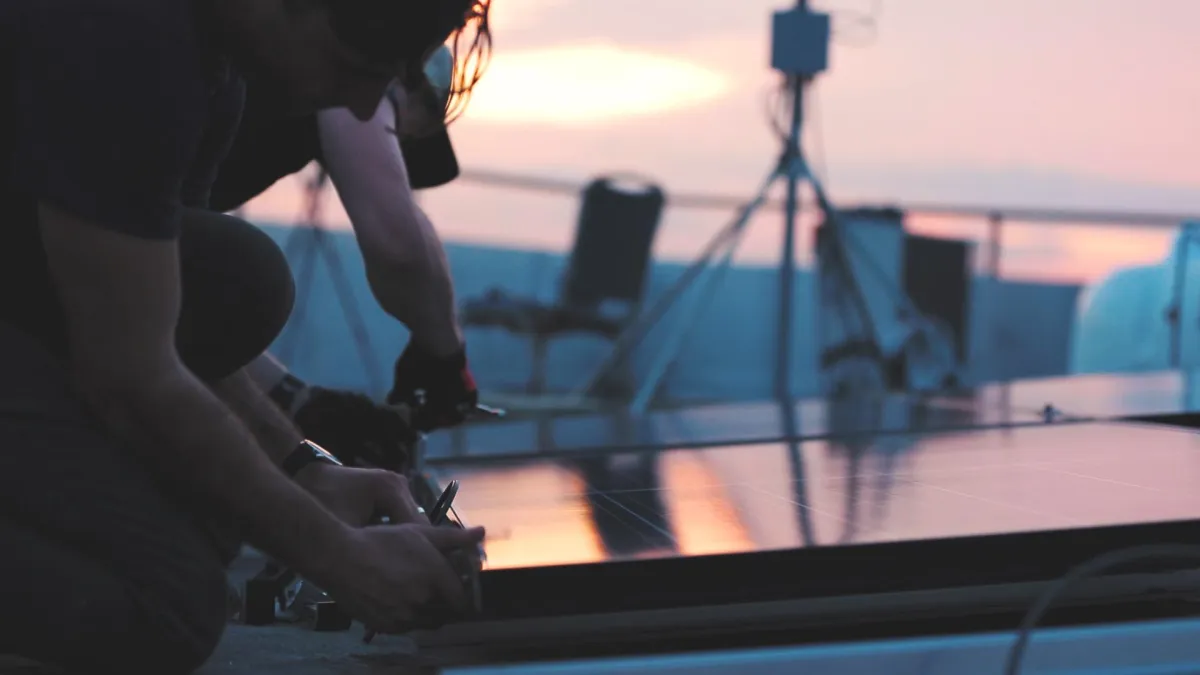
Our Journey
Soligo & GivePower
Soligo and GivePower share a foundational belief: the transformative power of the sun can uplift communities. Our partnership is built on this common ground, aiming to extend the reach of solar energy far beyond the grid. Together, we are not just lighting homes; we're fueling hope.
Solar Made Simple & Easy
Is Your Roof Solar-Friendly? Discover in 60 Seconds!
Click the link below to discover your roof's solar potential
with our 60 Seconds Sun Savings Quiz.
Impact and Future Goals
Brighten The World One Home At A Time
Our joint endeavors have already begun making waves. From empowering remote villages with solar power to turning saline water into a life-sustaining resource, the impact is real. Looking ahead, we aim to expand these initiatives, reaching more communities and further intertwining sustainability with prosperity. Our goal is clear: to create a world where access to clean water and energy is a reality for everyone.

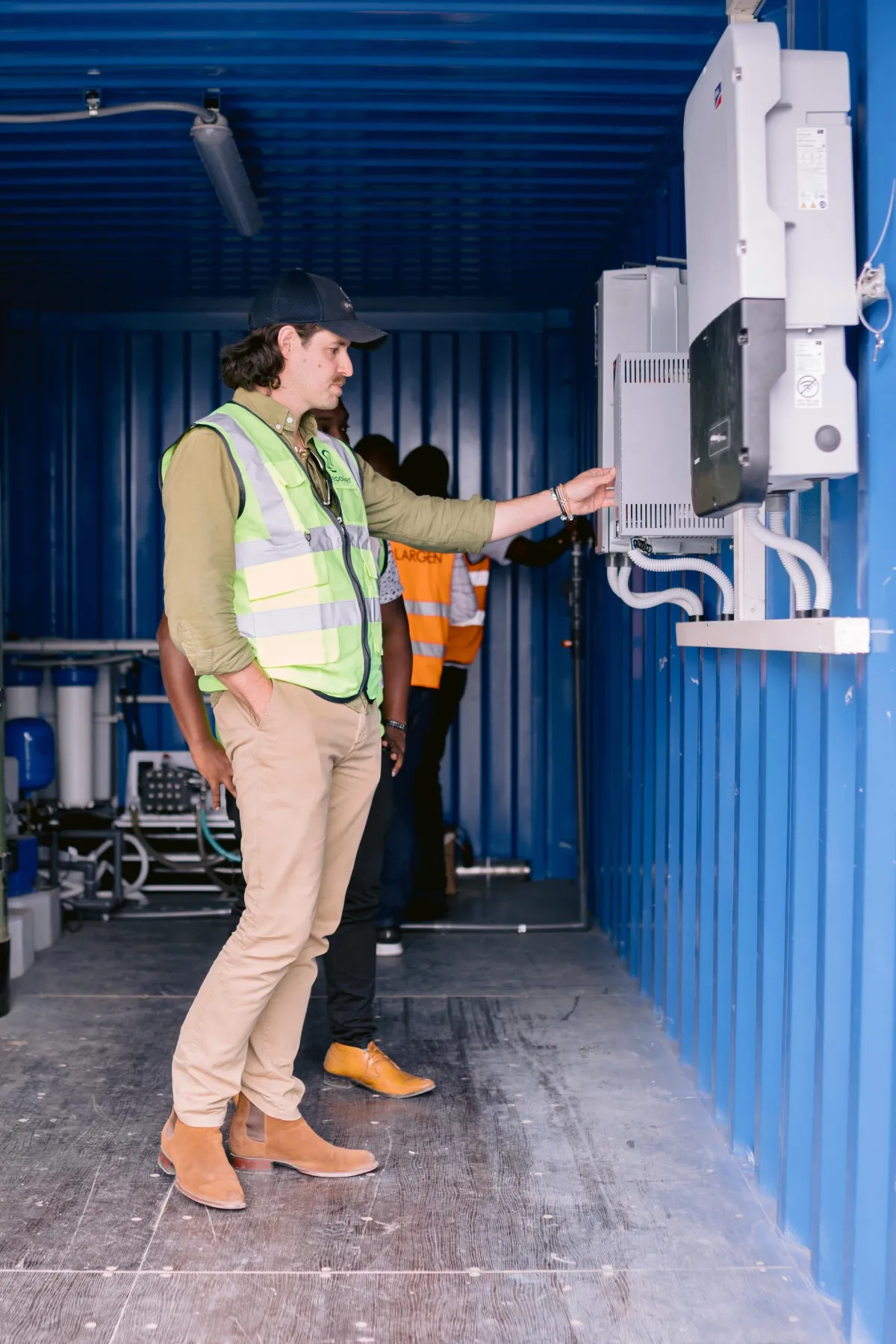
Join The Movement And Get Involved
Be a Part of the Solar Revolution
We invite you to be a part of this transformative journey. Your support can light up lives and bring clean water to those in need. Engage with our initiatives, spread the word, or contribute directly to our efforts. Together with GivePower, we're not just installing solar panels; we're building a legacy of empowerment, sustainability and hope.
Soligo Newsletter
Subscribe For Breaking Solar News
Get updated about the most recent trends
and hacks for your solar system.

